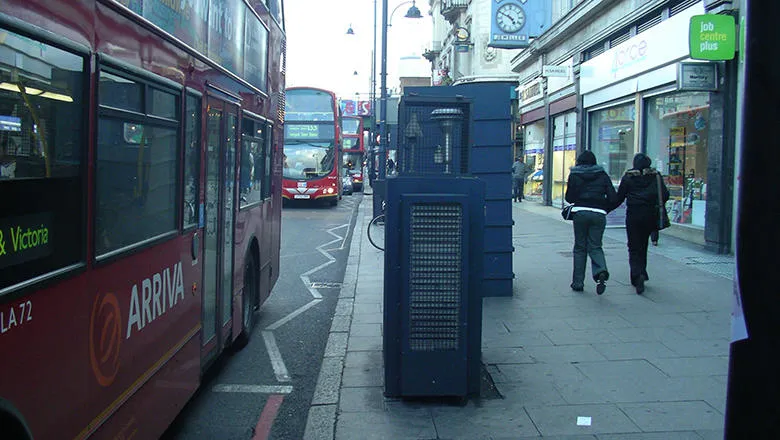01 February 2018
Air pollution limits for 2018 exceeded in London
Provisional data from the London Air Quality Network at King’s College London has shown that Brixton Road has become the first place in London to breach objectives for nitrogen dioxide (NO2) for 2018.

Provisional data from the London Air Quality Network at King’s College London has shown that Brixton Road has become the first place in London to breach objectives for nitrogen dioxide (NO2) for 2018.
Since 2004 the limit value has been breached within the first week of each year*. This year’s date of 31 January marks an important departure from this trend and reflects the improvements in NO2 at some of London’s most polluted locations in 2017.
UK objectives and EU limits stipulate a maximum NO2 concentration that must not be exceeded for more than 18 hours over the whole year. These limits came into force in 2010. The Brixton Road monitoring site measured its 19th hour above the threshold between 20.00 and 21.00 yesterday (31 January 2018).
Considerable decreases in NO2 concentrations have been measured along Putney High Street, Brixton Road and Oxford Street over the last two years. This is likely due to a combination of better real-world emissions performance of the latest heavy goods vehicles and upgrades to London’s bus fleet.
In 2017, both Putney High Street and Brixton Road became low emission bus zones. This means that only the newest Euro 6 and hybrid buses can operate on these roads. Despite clear improvements, provisional data for 2017 shows that Putney High Street measured an annual mean NO2 of 72 ug m-3 and Brixton Road measured 94 ug m-3 compared with the limit value of 40 ug m-3.
Research published in 2016 by Dr Anna Font and Dr Gary Fuller from the Environmental Research Group at King’s College London showed that NO2 worsened, rather than improved, alongside London’s roads in the five years before the date for legal compliance in 2010.
Commenting on the news, Dr Gary Fuller said: ‘Since 2010, NO2 alongside most of London’s roads has started to improve and it is good news to see that this trend is continuing at some of London’s most polluted locations.
‘However, while press and public attention will focus on today’s measurements at Brixton Road, it is important to note that the majority of main roads in London regularly breach legal values for NO2.’
The Brixton Road monitoring site is funded by the London Borough of Lambeth as part of the London Air Quality Monitoring Network which is run by King’s College London. The London Air Quality Network is the most comprehensive urban monitoring network in Europe with detailed information on London’s pollution going back for more than two decades.
*= using final ratified datasets
For further information please contact Hannah Pluthero, Press Officer at King's College London on 0207 848 3202 or hannah.pluthero@kcl.ac.uk
For more information about the work of the Environmental Research Group, visit Spotlight
For more information about King's, visit the King's in Brief web pages
World-changing ideas. Life-changing impact: https://spotlight.kcl.ac.uk/
